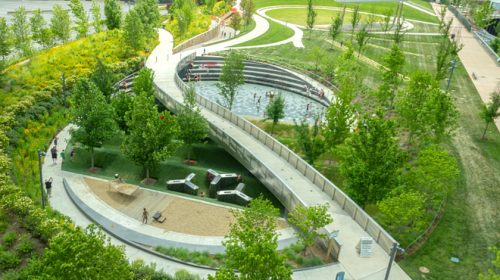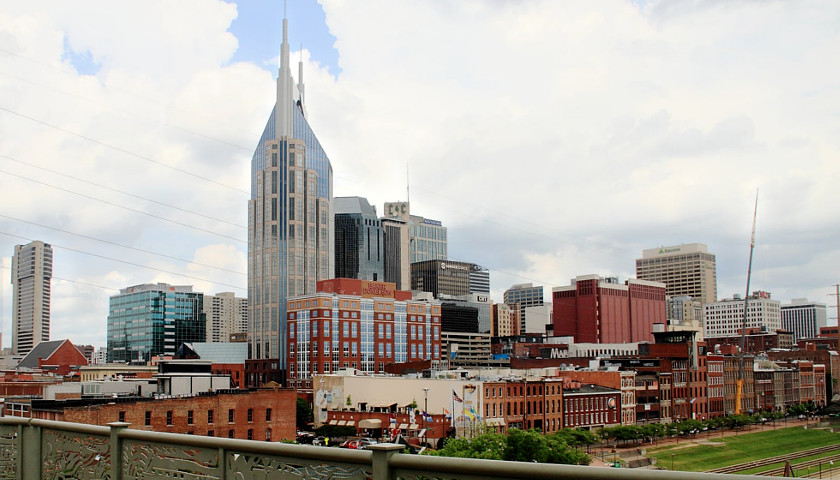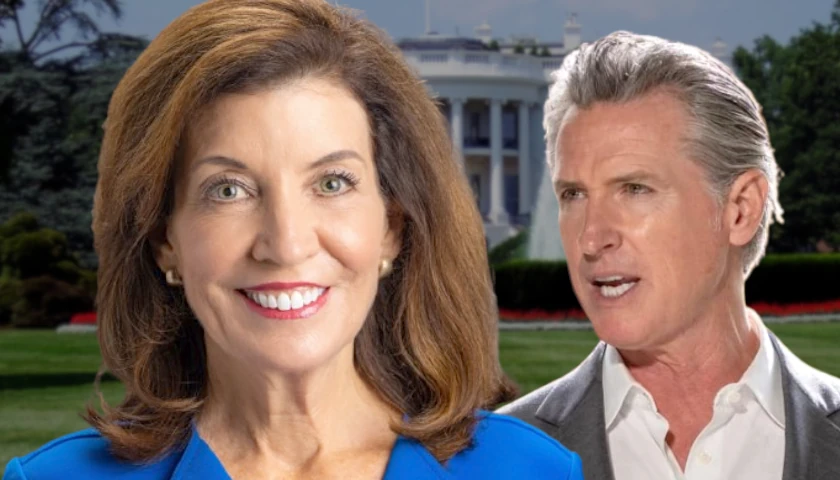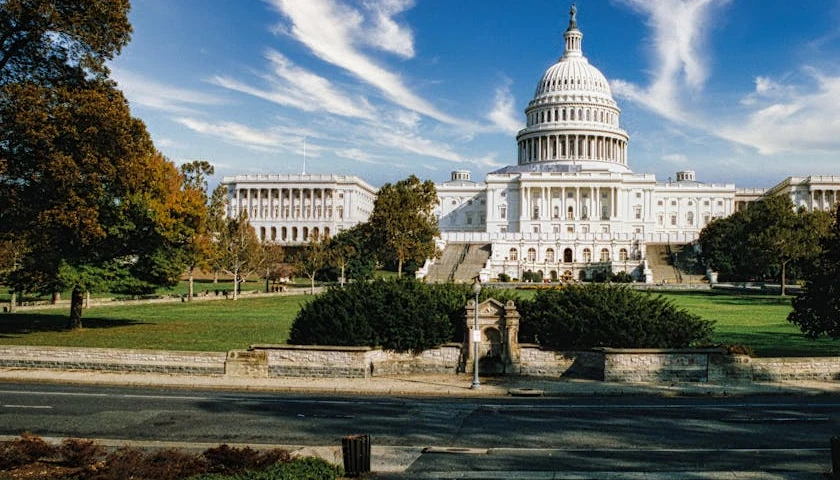by Lee Beaman
We hear often the laments of the challenges that urban growth brings. From challenges with school systems to rising prices and reduced availability of homes, Nashvillians’ concerns over our growth are valid. But one of the aspects of urban growth is the appreciation of our green space. As our city transforms and expands its urban core, our parks, hiking trails and bike paths become an even more valuable asset.
Nashville is one of the best cities for its green space in the country, according to the Trust for Public Land, a research organization that measures the accessibility and quality of public parks and green spaces across the country. We rank in the top 100 cities for our green spaces. Over ten percent of our entire county area is dedicated to public parks and green space. Metro Parks and Recreation manages 184 parks and over 85 miles of greenways. That is an impressive offering for Nashvillians. Begun in 1901 with the creation of our first city parks department, today’s Metro Parks and Recreation department offer a wide variety of programs and activities for residents of all ages and walks of life.
 Over 20 years ago, my family was proud to provide property for the creation of Nashville’s largest park. Named for my father, Alvin G. Beaman Park is over 2,000 acres of hiking trails and green space. I spent many hours as a young boy hiking in Nashville’s woods and trails. It was through those experiences and the experiences I had with my father and through the Boy Scouts that I first developed my love of the outdoors. It is a pursuit that I have shared with my own children, and I am proud that my family still enjoys these activities and is continuing with the next generation. As I watch my grandsons grow, I am looking forward to continuing the Beaman tradition of enjoying the great outdoors.
Over 20 years ago, my family was proud to provide property for the creation of Nashville’s largest park. Named for my father, Alvin G. Beaman Park is over 2,000 acres of hiking trails and green space. I spent many hours as a young boy hiking in Nashville’s woods and trails. It was through those experiences and the experiences I had with my father and through the Boy Scouts that I first developed my love of the outdoors. It is a pursuit that I have shared with my own children, and I am proud that my family still enjoys these activities and is continuing with the next generation. As I watch my grandsons grow, I am looking forward to continuing the Beaman tradition of enjoying the great outdoors.
While Nashville has long enjoyed excellent city parks, our state also has remarkable parks and green spaces that capture the breadth of Tennessee’s natural landscapes. The partnership between city, county and state parks is one of the aspects of our state that make it so attractive to those who visit us and that make it such a treasured place for residents. Our 56 state parks, a number of which are in and around the Nashville area, complement our city parks with additional outdoor activities and increase our parks acreage considerably. Our state parks, which began in 1937, have grown considerably through the past 80 years and are still continuing today, with the addition of three new parks in the past eight years alone. Our state parks were also recently recognized for their environmental sustainability efforts through Tennessee’s Go Green With Us program, honoring the fact that every single park has increased and improved their efforts to best manage their carbon footprint and environmental impact.
Our ability to appreciate nature and enjoy outdoor pursuits has a direct impact on our physical and mental well-being. It’s recognized by every expert and authority group that our children’s physical health is directly affected by the amount of outdoor activity they enjoy. The enjoyment of the outdoors is an activity that, when rooted in the early years, will serve a person well through his or her lifetime.
Enjoying the outdoors does not merely pay off for our physical and emotional health. It pays off in dollars. Having a thriving parks and recreation system translates directly into fiscal benefits for cities and states. According to reports from the Tennessee State Parks department, nearly half of their entire operating budget is accounted for by revenue-generating activities. That is an impressive feat—that nearly half of all operations is self-generated and relies on tax dollars for only half of its needs. A 2009 study conducted by the University of Tennessee found that investment into state parks resulted in tourism dollars that were 17 times greater than the investment itself. For example, every tax dollar spent on the state parks returned $17 in direct and indirect tourist spending. That is an impressive return on investment for any industry, and it makes up a respectable portion of our tourism dollars for the state today. When people think of tourism and the money they generate, they think of visitors to Nashville’s honky-tonks or Memphis’ Beale Street or Chattanooga’s aquariums or The Strip in Knoxville, and they aren’t wrong. But a significant portion of our tourism industry also comes from the out-of-state visitor to the Great Smoky Mountains National Park or Radnor Lake State Park or Centennial Park, one of Nashville’s oldest municipal parks.
Our green spaces are important to all of us, for our enjoyment and health. They are important to our budgets as economic drivers, and they serve as our collective conservation of our natural resources so that future generations can enjoy our natural landscapes as we did and our parents and grandparents did before us.
– – –
Editors note: Lee Beaman is CEO of Beaman Automotive, an advertiser with The Tennessee Star.






We can paint a mixed use development a nice green color, is that enough?